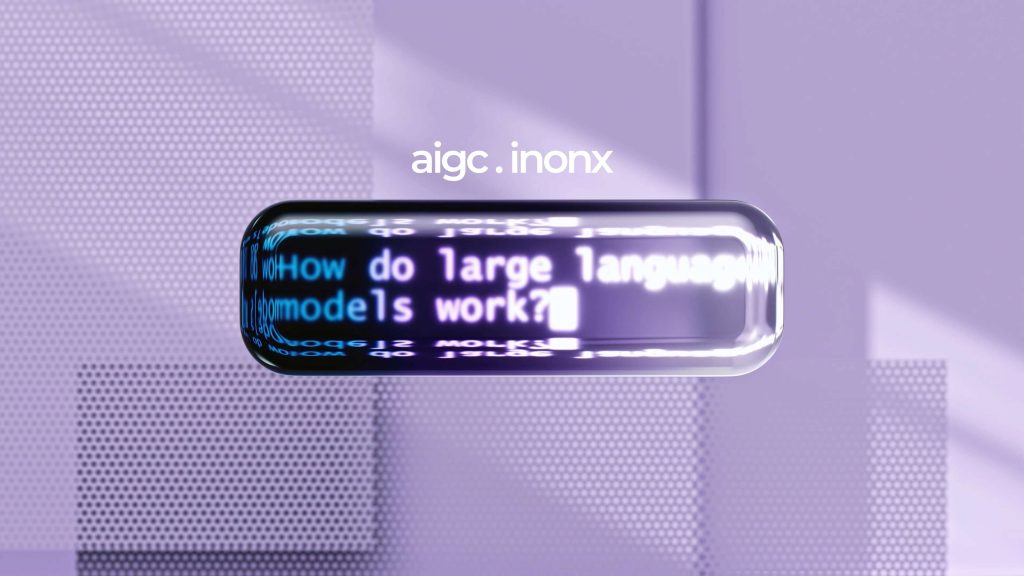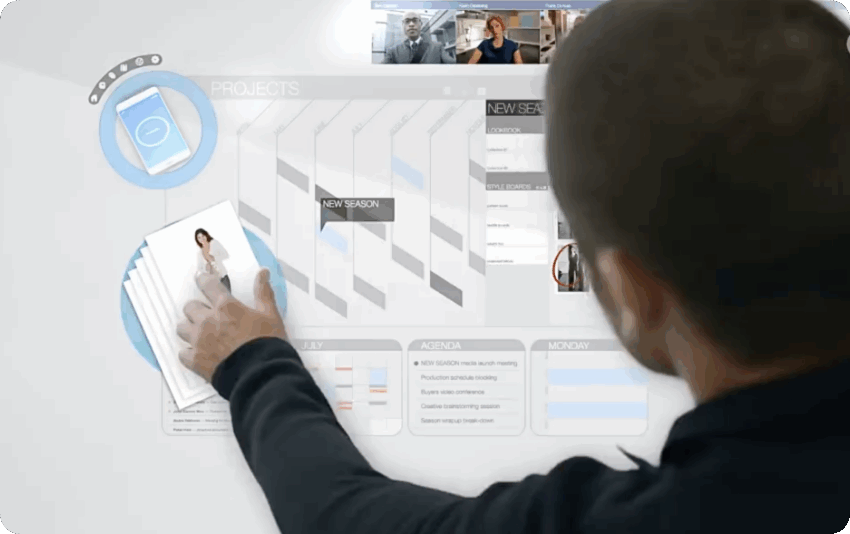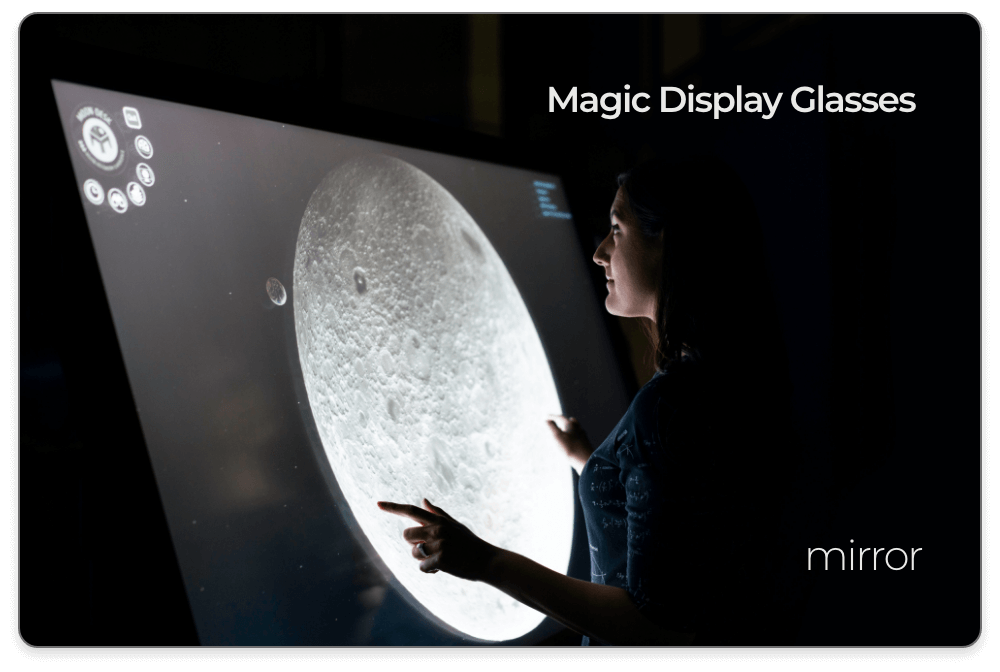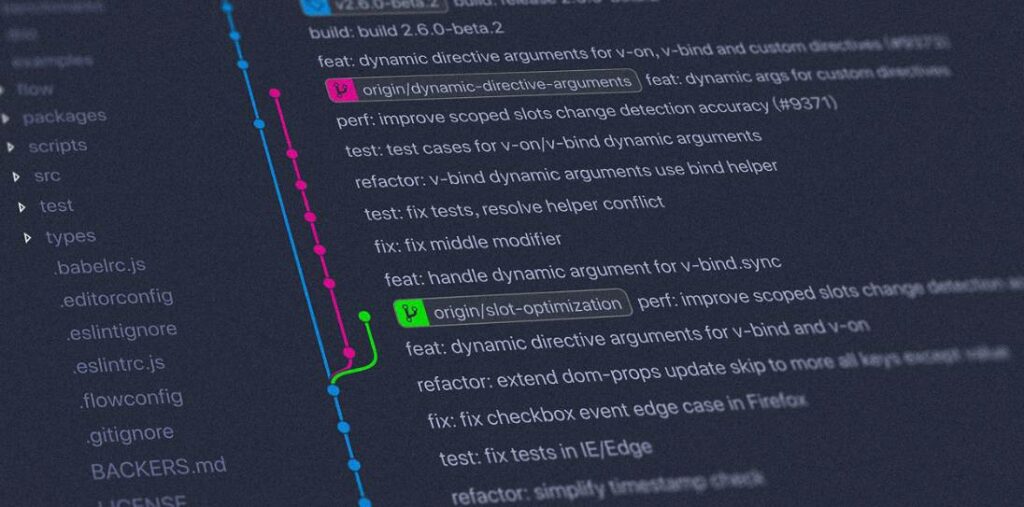Artificial Intelligence (AI) continues to revolutionize industries, streamlining processes and elevating productivity to unprecedented levels. One of the most impactful areas is AI workflow automation, which integrates intelligent algorithms into everyday business operations. This article delves into the basics of AI workflow automation, trends in AI-driven software environments, insights around AI-driven decision trees, and real-world applications that showcase the powerful transformations possible through these technologies.
AI workflow automation refers to the integration of AI capabilities within business workflows to automate tasks that would typically require human intervention. By reducing the need for manual input, organizations can minimize errors, accelerate processes, and free up employees to focus on more strategic responsibilities. As companies adapt to the growing digital landscape, adopting AI-driven workflow automation is no longer optional—it’s essential for survival.
In the current landscape, organizations are relying on AI-driven software environments that not only automate mundane tasks but also provide advanced data analytics and predictive capabilities. A robust AI-driven environment serves as the backbone of intelligent automation, enabling companies to harness vast amounts of data to inform decision-making, improve customer experiences, and enhance overall performance. With the capability to adapt and learn from data patterns, these environments can offer organizations tailored solutions that address their unique challenges.
One significant advancement within AI workflow automation is the development of AI-driven decision trees, a sophisticated mechanism for decision-making that mimics human thought processes. Decision trees enable companies to visualize different possible outcomes based on historical data analysis, thus supporting data-driven decisions. By leveraging AI, these decision trees can adapt in real-time to changes in data and trends, ensuring optimal decision pathways at any point in time.
The advantages of integrating AI workflow automation are apparent across various industries. For instance, in healthcare, automation software can process patient data and automate scheduling, allowing healthcare providers to improve patient care while reducing administrative burdens. In manufacturing, intelligent robots equipped with AI can optimize production lines, leading to increased output and lower costs. In retail, AI-driven chatbots improve customer service by efficiently handling queries and guiding customers through their buying journey.
The ongoing development of AI technologies has brought forth significant trends and solutions in the realm of AI workflow automation. One major trend is the rise of low-code and no-code platforms, which empower non-technical users to build automated workflows without needing extensive programming knowledge. Such platforms democratize AI technology, making it accessible for small and medium-sized enterprises, thereby fostering innovation across various sectors.
Moreover, organizations are increasingly turning towards AI-powered integration platforms to facilitate seamless connectivity among existing software systems. These platforms leverage AI to optimize workflow automation by analyzing system interdependencies and suggesting the most efficient methods to improve functionality without compromising on quality. In essence, these platforms heighten efficiency while reducing redundancy, allowing businesses to maximize results from their existing resources.
Another key trend is the growing emphasis on collaboration between human employees and AI systems. Rather than replacing traditional labor roles, AI workflow automation is proving to be a collaborative partner. In this model, AI handles repetitive tasks while humans engage in complex decision-making that requires emotional intelligence or strategic thought. As AI becomes an extension of the workforce, businesses can cultivate creativity and innovation that sets them apart in the competitive marketplace.
Despite the vast opportunities AI workflow automation presents, companies must also navigate potential challenges. The complexity of integrating AI-driven software solutions into existing infrastructure can be daunting. Organizations should consider developing a comprehensive change management strategy to ensure smooth integration, including assessing current capabilities and training employees to interact with new technologies effectively. Cultivating a culture of innovation and adaptability also plays a vital role in embracing AI successfully.
Real-world applications of AI workflow automation serve as powerful case studies highlighting the positive impact of AI-driven technologies. For instance, the automotive industry has leveraged AI for smarter supply chain management. By implementing AI-driven software solutions, companies can predict demand fluctuations, optimize inventory levels, and even autonomously manage logistics. As a result, firms like Tesla have managed to streamline operations, reduce overhead, and maintain their competitive edge in a rapidly-evolving market.
In finance, AI-driven decision trees allow companies to assess risk and complete transactions with higher accuracy. Financial institutions like JPMorgan Chase have deployed automated solutions to analyze creditworthiness, enabling them to process credit applications faster while minimizing risks associated with fraud. This ultimately leads to better resource allocation and reduced operational costs.
E-commerce giants, such as Amazon, have also taken advantage of AI workflow automation to revolutionize their customer service strategies. Utilizing AI-driven chatbots, they provide instant assistance to users by answering inquiries in real-time and helping them navigate large online inventories. This enhanced customer experience leads to higher satisfaction rates and increased sales conversions—evidence of the critical impact of AI-driven technologies across different sectors.
The energy sector is experiencing its own transformational journey through AI-driven software environments, particularly in power generation and distribution. Companies are implementing AI algorithms to optimize energy consumption patterns, predict equipment failures, and facilitate smarter energy resource management. As more renewable energy sources are integrated into the grid, AI’s predictive capabilities become paramount in ensuring efficiency and reliability in energy distribution.
Looking ahead, the future of AI workflow automation will likely involve the continued evolution of AI-driven decision-making tools. Enhanced capabilities in machine learning and natural language processing will allow organizations to utilize increasingly sophisticated algorithms to guide strategic business choices. As companies lean on these tools, we can expect to see a greater focus on ethical considerations surrounding AI, with organizations striving to maintain transparency and impartiality in automated decision-making processes.
In conclusion, AI workflow automation embodies the fusion of innovative technologies that are reshaping industries worldwide. By harnessing the power of AI-driven software environments and decision trees, organizations can enhance operational efficiencies, streamline decision-making, and foster collaborations between human and machine. As businesses invest in AI-driven solutions, they not only improve their day-to-day operations but also cultivate an agile and resilient approach that is essential for thriving in an ever-evolving marketplace. The future is undoubtedly bright for those who embrace this technology and leverage it to their advantage.
**Sources:**
1. McKinsey & Company. (2020). “The state of AI in 2020: A new era of opportunity.” Retrieved from [McKinsey.com](https://www.mckinsey.com).
2. Deloitte. (2021). “The AI advantage: From expectation to operational excellence.” Retrieved from [Deloitte.com](https://www2.deloitte.com).
3. Gartner. (2020). “Emerging Technologies: AI in Workflow Automation.” Retrieved from [Gartner.com](https://www.gartner.com).
4. PwC. (2021). “AI and the Future of Work: Six Strategies for Organizations to Thrive.” Retrieved from [PwC.com](https://www.pwc.com).




























